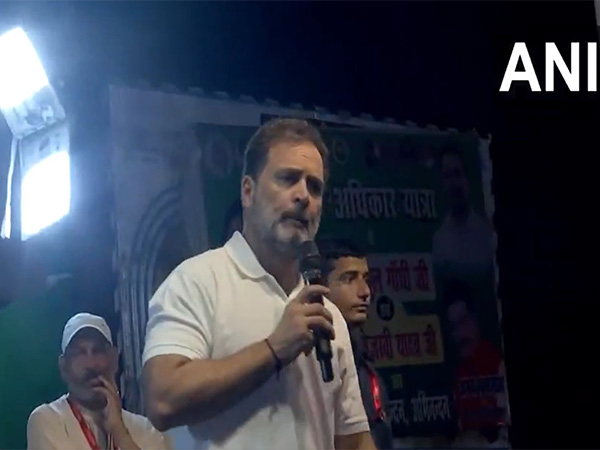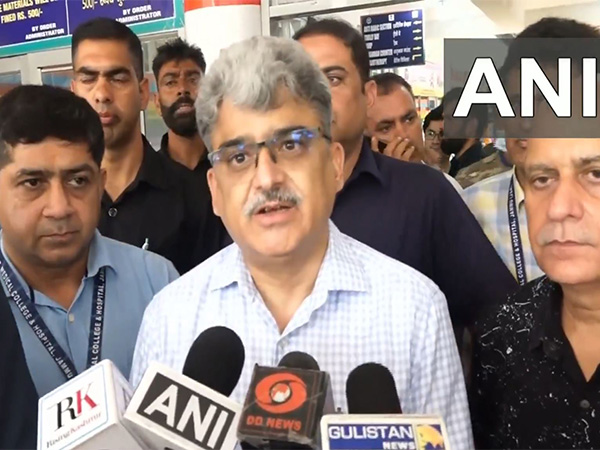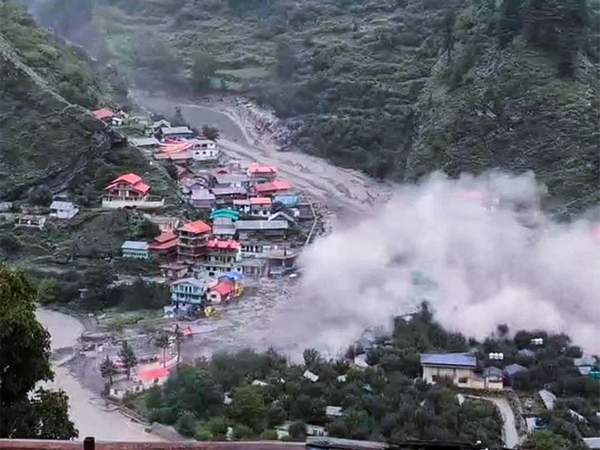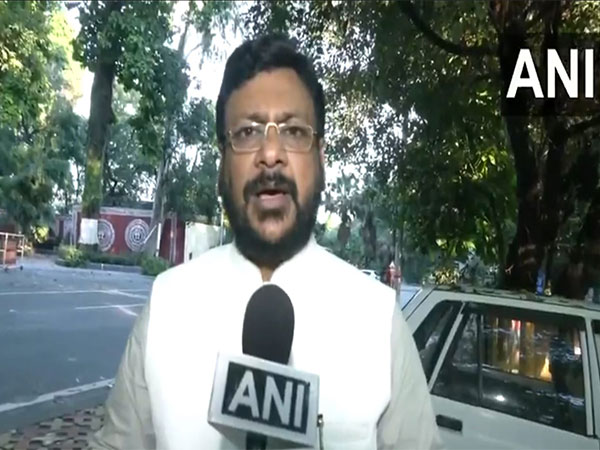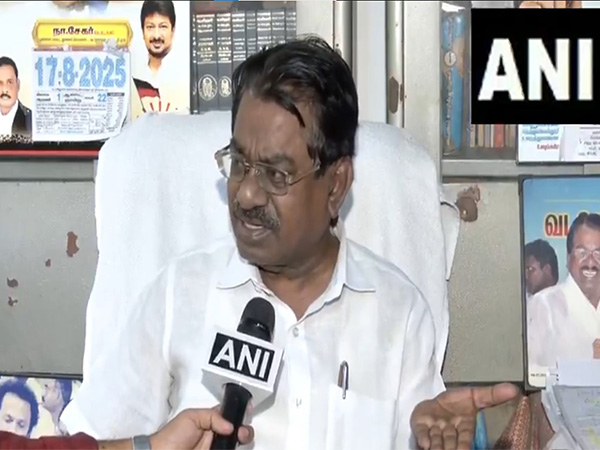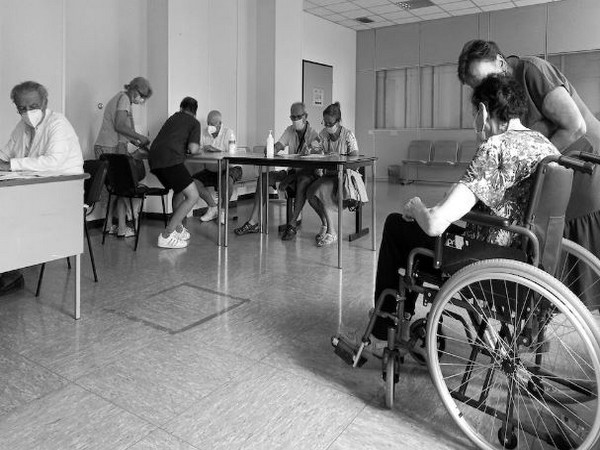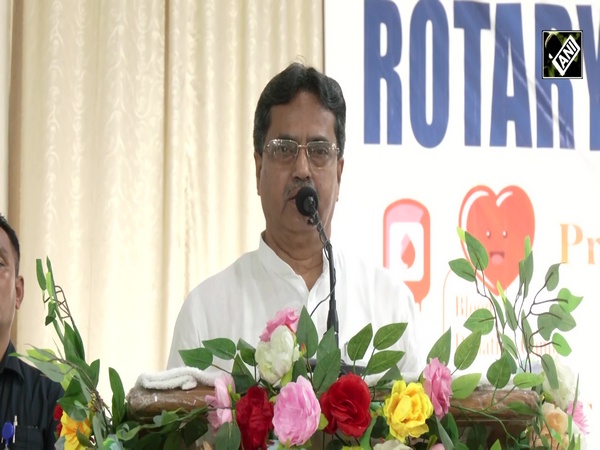PSU banks' gross non-performing assets showed a declining trend over the last five years: MoS Finance
Aug 06, 2024

New Delhi [India], August 6 : In response to an unstarred question from Randeep Singh Surjewala, the Ministry of Finance, represented by Minister of State Pankaj Chaudhary, provided a detailed report on the status of Non-Performing Assets (NPAs) held by Scheduled Commercial Banks (SCBs) over the past five years The report, presented in the Rajya Sabha, highlighted the trends in NPAs, factors contributing to their rise, and the measures taken for recovery.
According to data from the Reserve Bank of India (RBI), the gross NPAs (GNPA) of SCBs have shown a declining trend over the past five years As of March 31, 2020, the GNPA stood at Rs 8,96,082 crore, with GNPA ratio of 8.21 per cent. By March 31, 2021, this figure had decreased to Rs 8,35,051 crore (GNPA ratio of 7.33 per cent), and further down to Rs 7,42,397 crore (GNPA ratio of 5.82 per cent) by March 31, 2022.
The trend continued with GNPA reducing to Rs 5,71,544 crore (GNPA ratio of 3.87 per cent) as of March 31, 2023, and Rs 4,80,687 crore (GNPA ratio of 2.75 per cent) by March 31, 2024 (provisional data).
Despite various fiscal reforms, the notable rise in NPAs over the years can be attributed to several factors Economic downturns, poor credit appraisal processes, wilful defaults, and regulatory lapses have all played a role in the accumulation of bad loans. Additionally, the impact of external economic shocks, such as the COVID-19 pandemic, led to a strain on businesses, further exacerbating the NPA situation.
The Ministry of Finance also provided data on the total value of NPAs written off and the amounts recovered from these accounts over the past five years.
In FY 2019-20, Rs 2,34,170 crore written off, with Rs 30,016 crore recovered, FY 2020-21, Rs 2,02,781 crore written off, with Rs 30,104 crore recovered, FY 2021-22, Rs 1,74,966 crore written off, with Rs 33,534 crore recovered, FY 2022-23, Rs 2,08,037 crore written off, with Rs 45,431 crore recovered, FY 2023-24, Rs 1,70,269 crore written off, with Rs 44,893 crore recovered (provisional data).
As per RBI guidelines, NPAs, including those with full provisioning made after four years, are removed from the balance sheets of banks through write-offs. This process helps banks clean up their balance sheets, avail tax benefits, and optimize capital. Importantly, write-offs do not equate to waiving the liabilities of borrowers, who remain obligated to repay the debts. Banks continue to pursue recovery actions against these written-off accounts through various mechanisms.
To address the challenge of NPAs, including written-off loans, the government has implemented several comprehensive steps.
Insolvency and Bankruptcy Code (IBC), 2016, has fundamentally changed the creditor-borrower relationship by taking control away from defaulting company promoteRs The inclusion of personal guarantors under IBC has further tightened the process.
Amendments to the Securitisation and Reconstruction of Financial Assets and Enforcement of Security Interest Act, 2002, and the Recovery of Debts and Bankruptcy Act, 1993, have made these laws more effective.
Increased Pecuniary Jurisdiction of Debt Recovery Tribunals (DRTs) was raised from Rs 10 lakh to Rs 20 lakh, allowing DRTs to focus on high-value cases and enhance recovery for banks and financial institutions.
Established as an asset reconstruction company, National Asset Reconstruction Company Limited (NARCL) is dedicated to resolving large NPAs.
Public Sector Banks (PSBs) have set up specialized units to manage and recover stressed assets more effectively.




